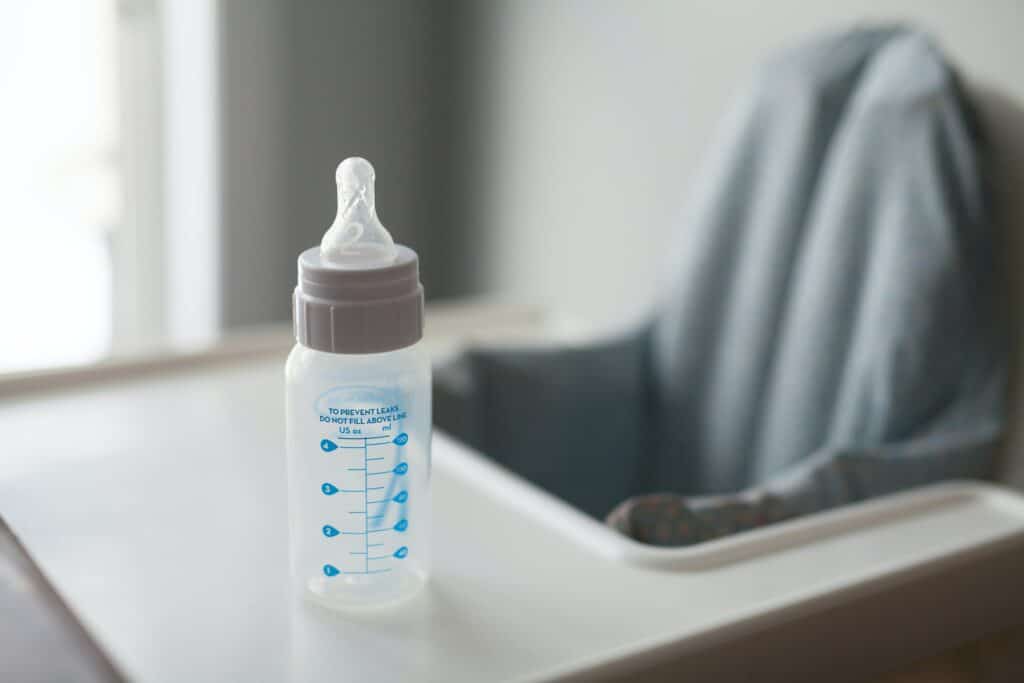 Certified Breastfeeding Counselors provide ongoing support throughout the breastfeeding relationship. For many clients, this also includes support and education for pumping breast milk. Many clients wonder if they need to continuing pumping after a year.
Certified Breastfeeding Counselors provide ongoing support throughout the breastfeeding relationship. For many clients, this also includes support and education for pumping breast milk. Many clients wonder if they need to continuing pumping after a year.
This could be a question from an exclusively pumping parent. However, it tends to be a common question for working parents who are still feeding at the breast when home. Whichever type of client is asking, you can offer support and education.
Do You Need to Continue Pumping After a Year?
Breastmilk continues to offer benefits for however long it is offered. However, what does this mean for pumping after a year?
There are several things to consider in terms of whether one needs to, should, or desires to pump after a year. For many parents, they are ready to hang up the pump as soon as possible, but they may not be ready to fully wean.
For those who want to continue breastfeeding while with their child, but not pump much, the good news is that is often very doable. Many who feed at the breast will reduce feeds as baby gets older without a problem.
In the same way, some pumping parents will reduce or eliminate pumping during the day. However, they will continue feeding while with their baby.
If your client’s little one is eating solids, drinking water, and nursing three to four times per 24 hours (or also having other milk), they can likely stop pumping while continuing to breastfeed. However, if their child is continuing to consume a lot of pumped milk during the day, they will want to work on increasing intake of other things before ceasing pumping,
In short, no, one does not need to continue pumping beyond a year. However, should someone want to, they absolutely can continue, and the milk will continue to have many benefits.
How Do You Stop Pumping After a Year?
Asking your clients about their current pumping schedule and output is the first step in supporting them. If one is pumping four times per workday and getting 2-4 ounces per session, abruptly stopping carries risks.
Risks of abruptly ceasing to pump include:
- Significant discomfort
- Blocked or clogged duct
- Mastitis
- Painful and swollen breasts
If a client wants to end pumping, a gradual approach is often best. Some clients will drop one pumping session per day every 3-7 days depending on their supply. Others will gradually lower the time spent pumping at each session to lower the demand and thus supply.
For those with lower pumping supply (one can breastfeed but not respond to a pump), abruptly stopping is sometimes okay. They might want to hand express a bit to relieve discomfort.
It is important for clients to understand their baby might become frustrated during the initial transition. Their overall supply may drop but they can continue to breastfeed on demand when with baby. Both baby and the parent’s body will adjust.
Will Babies Drink Pumped Milk After One?
In short, some will, some will not. It is typically recommended to cease bottles around 12 months. For some babies, they will not drink pumped milk out of cups as they associate it with a bottle. That said, we share current recommendations (ceasing bottles at 12 months) and support clients in making the choice which works for their family.
Some toddlers happily drink expressed milk from their sippy cup, straw cup, or open cup. There is no need to cease nap or bedtime feedings at the breast. However, for infants over a year, it is strongly discouraged to give a bottle or sippy cup of milk when sleeping.
The way breastfeeding works, the milk does not pool in the mouth or on the teeth. Bottles, sippy cups, etc., can allow the breastmilk to pool in the mouth which could increase the risk of tooth decay.
As a CBC, you can help your clients make informed decisions about pumping after a year. Whatever they choose, you can continue to offer support as they transition to a new phase in their breastfeeding journey.
Not yet a certified breastfeeding counselor? Be sure to register today and get started!